Teaching any long vowel and all of its spellings can be challenging. Long E spellings are not without their own tricks and challenges.
Why Long E can be Tricky?
Long E has 9 graphemes or spellings that are used to represent it. We can break them down into 4 common spellings and 5 less common spellings. What makes Long E tricky is there aren’t clear guidelines of when to use 2 of the 4 common graphemes. Many of the Long E graphemes are used to represent other sounds. EA, EI, IE, Y, EY all represent one or even two other vowel sounds.
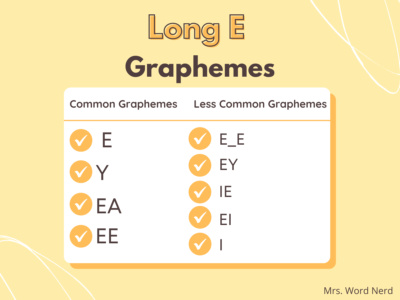
E
E is the most used grapheme for Long E. It is used anywhere in a word. Usually if it is used in the beginning or middle of a word that has 2 or more syllables. When it is used at the end of a word, the word has one syllable.
For example take the word- evil. When we break it down to syllables we get e-vil.
Let’s take female. When we break it down we get fe-male.
Let’s take me. When we break it down we only get 1 syllable me.
Y
Y is the next most common way to spell Long E. It has clear guidelines on how and when to use it. Y is used at the end of words that are 2 or more syllables. Y can also represent the Long I sound but it only does that in 1 syllable words.
EA
EA is a vowel team that represents Long E. EA can be used anywhere in a word. What gets tricky is that EA can also represent Short E and Long A sounds. Long E is the sound it represents the most.
EE
EE is another important vowel team for Long E. EE is mainly used in the middle or end of a word. Very few words start with EE. Focusing on EE in the middle and end of a word helps students decipher some between EA and EE.
E_E
E_E is not a commonly used grapheme for Long E. For all the other vowels, this CVCe spelling tends to be one of the more common ones. For Long E, less than 100 words use this spelling.
EY
EY is a grapheme used to represent Long E at the end of words. It is normally used in words with 2 or more syllables. There isn’t a clear guideline for when to use Y or EY for Long E. Y is the more common spelling to use. It seems that EY is used when the last syllable is unstressed in a word. This goes along with the fact EY can represent Long A as well, but does when EY is used in a stressed syllable.
IE
IE is usually thought of as a Long I grapheme, but it can also be used for Long E. When IE is in the middle of a word it makes the Long E sound. Examples of this are: chief, field, thief, niece
EI
EI is a grapheme that represents Long A and Long E. Usually in the middle of words it represents the Long A sound. IE is used more often than EI to represent Long E. Either and neither are a few words that use EI spelling. Usually EI is used in the middle of a word right after a c like receive. Focus teaching IE over EI spelling as it is more widely used Long E spelling.
I
We usually say that no English words end with an i. This is true but since our language that has borrowed and added words from other languages we do have everyday words that end with an I. Instead of I representing the Long I sound, the I usually represents Long E sound. Most of these words are Italian and many are food related. Think broccoli, ravioli, spaghetti, macaroni, chili.
Things to Remember:
- You don’t have to teach all graphemes at once.
- Don’t get caught up in the fact most Long E graphemes don’t have clear guidelines.
- It is okay to only teach the 4 common graphemes as those are the ones students will be reading and writing the most.
- Practice, practice, practice. Students need much practice reading, decoding and writing words with each type of spelling.
Need More Help
To help me teach Long E spellings, I created these spelling patterns posters and more resource. It includes a poster for each grapheme that breaks down when in a word it is used and how. There are also posters for any rulebreakers that are words students would be using a lot like the word- key. There are students’ spelling guides for students to reference to remember what grapheme to use and where.
If you want just a little bit of this post to keep with you for reference you can download The Teacher Guide to Long E spellings.
Both of these resources are ones I wished I had when I first started teaching first and second grade. Both help to see that these spellings aren’t so hard and the English language isn’t as tricky as we first make it out to be.
Teach Well,
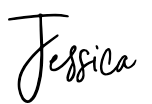

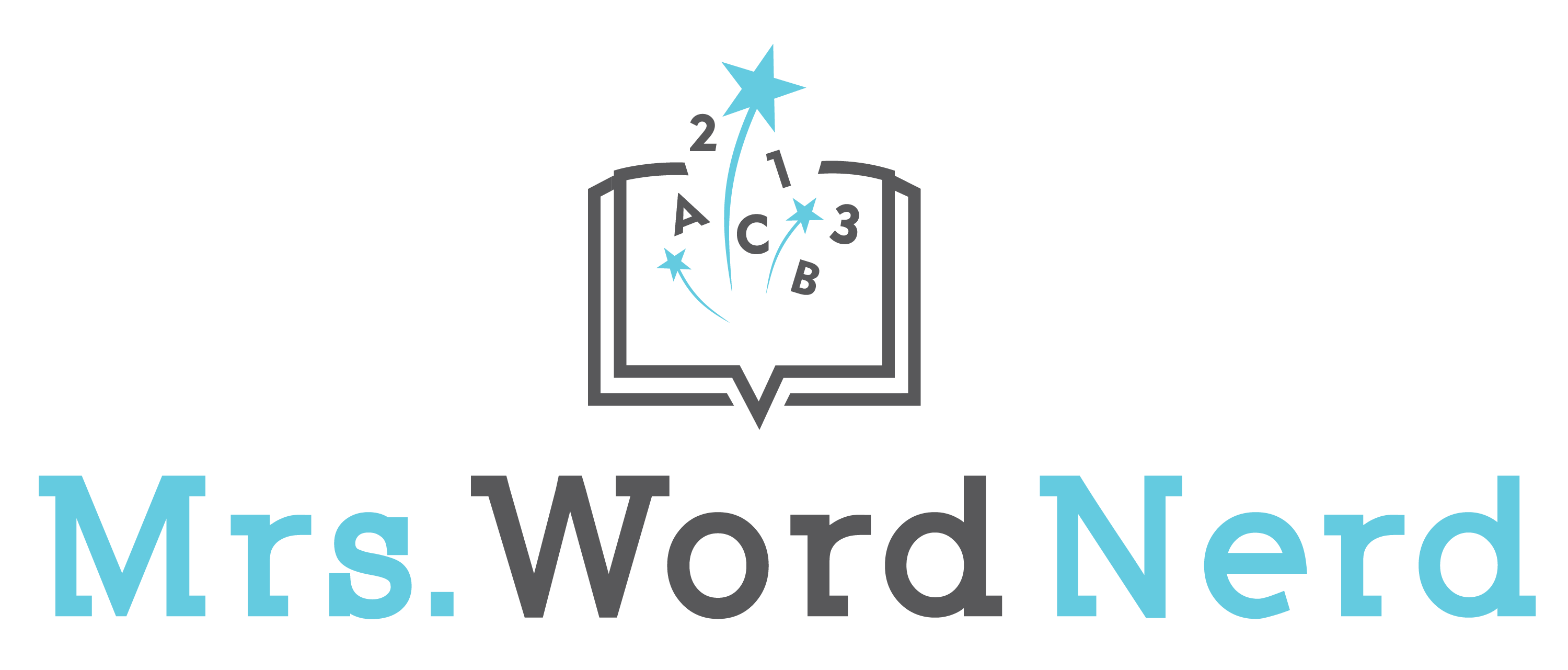
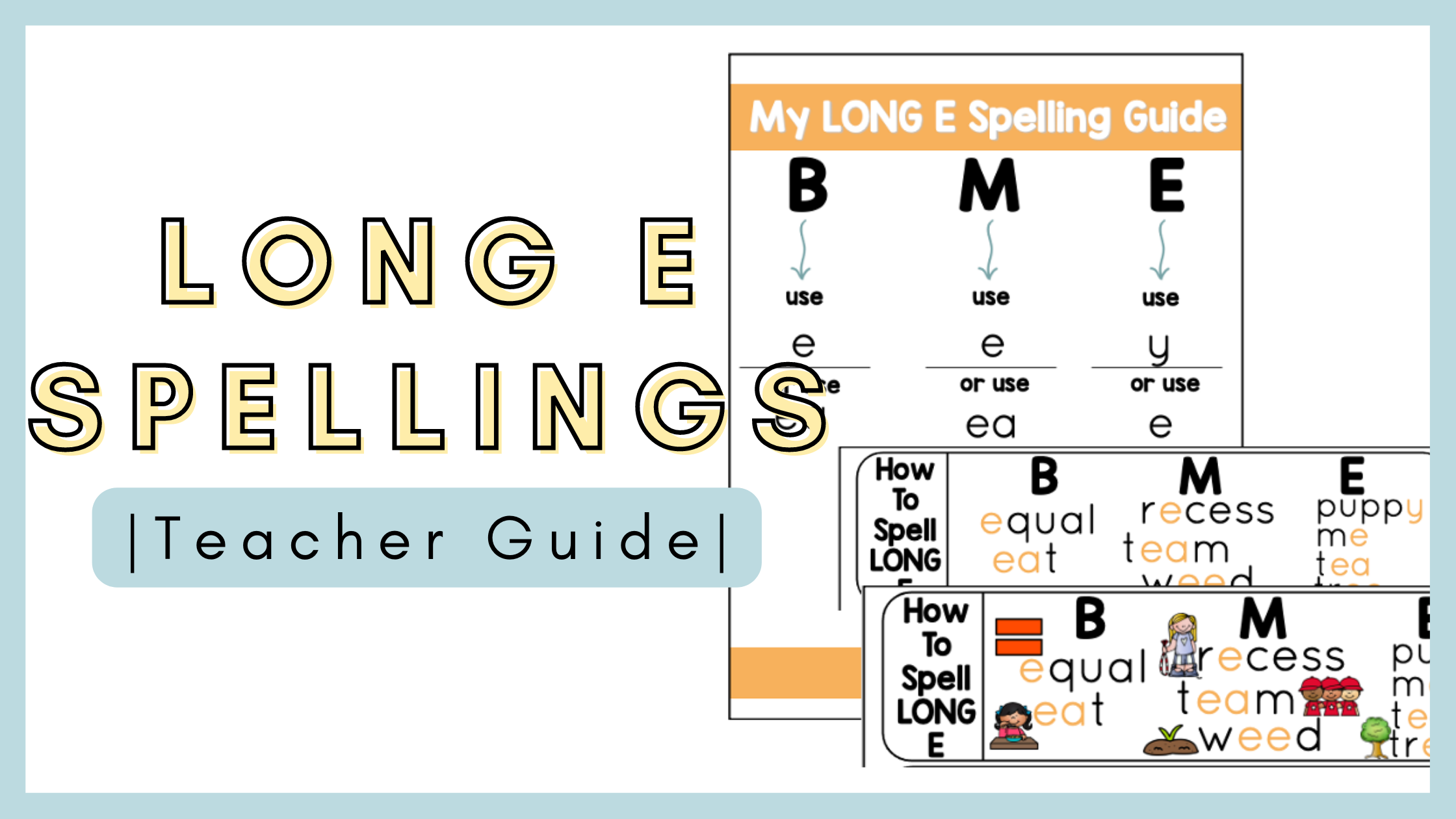
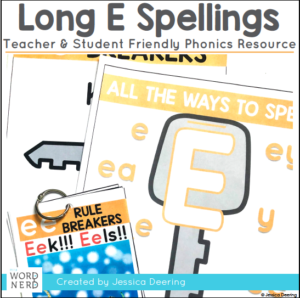


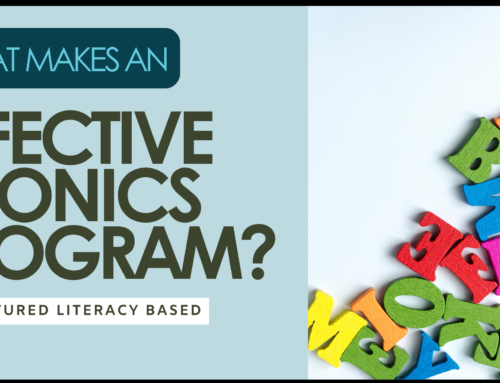

Leave A Comment